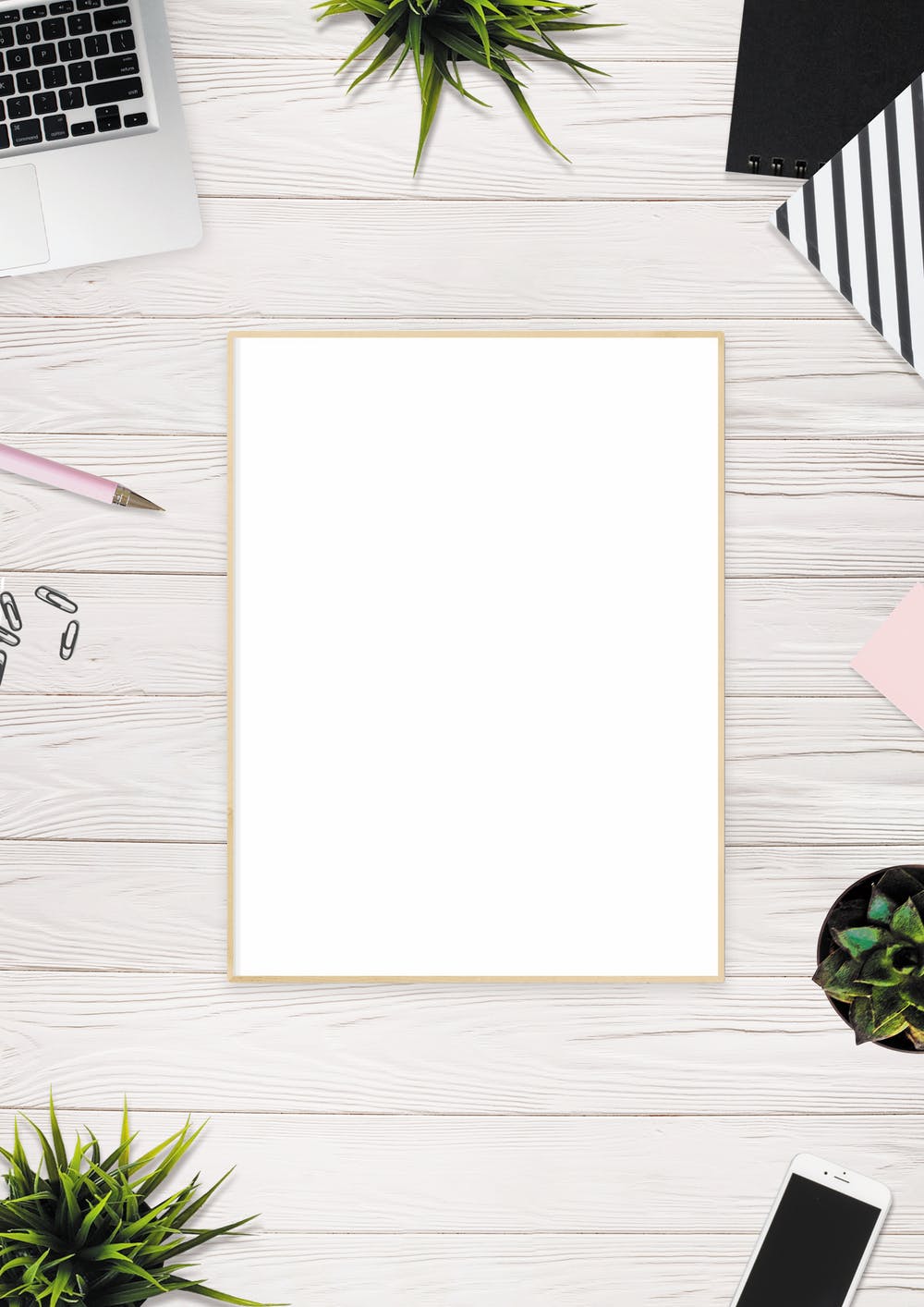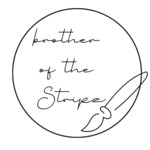What is the function of an illustrator?
Illustrators come in a variety of shapes and sizes.
Words can explain something, but an illustration can convey it - as the phrase goes, "a picture is worth a thousand words." Illustrations can sometimes transmit a feeling, meaning, or essence more effectively than a wall of text. Illustrations can assist in clarifying a complex topic, complementing the words or message being sent to the user, and even acting as a stand-alone without the need to be explained. Typically, an illustrator is hired or commissioned to create a visual representation in connection with a text or an idea. The following stages are frequently included in an illustrator's workflow: As part of the process of getting to know the client's illustration and design requirements, the pricing and dates are being negotiated. They are putting together a sample for the client to review.
An illustrator will choose a field to specialize in based on their skills, drawing style, and area of interest, among other factors. The majority of illustrators operate as independent contractors, taking on commissions from clients and completing their projects according to their specifications. They produce illustrations in either digital or traditional formats. Digital illustrations are generated with the help of computer software such as Adobe Photoshop and Illustrator and are frequently accompanied by the use of a stylus and a graphic tablet. On the other hand, traditional illustration refers to artworks done on classic media such as paper and canvas using paint, pencil, charcoal, and other similar materials.

.



